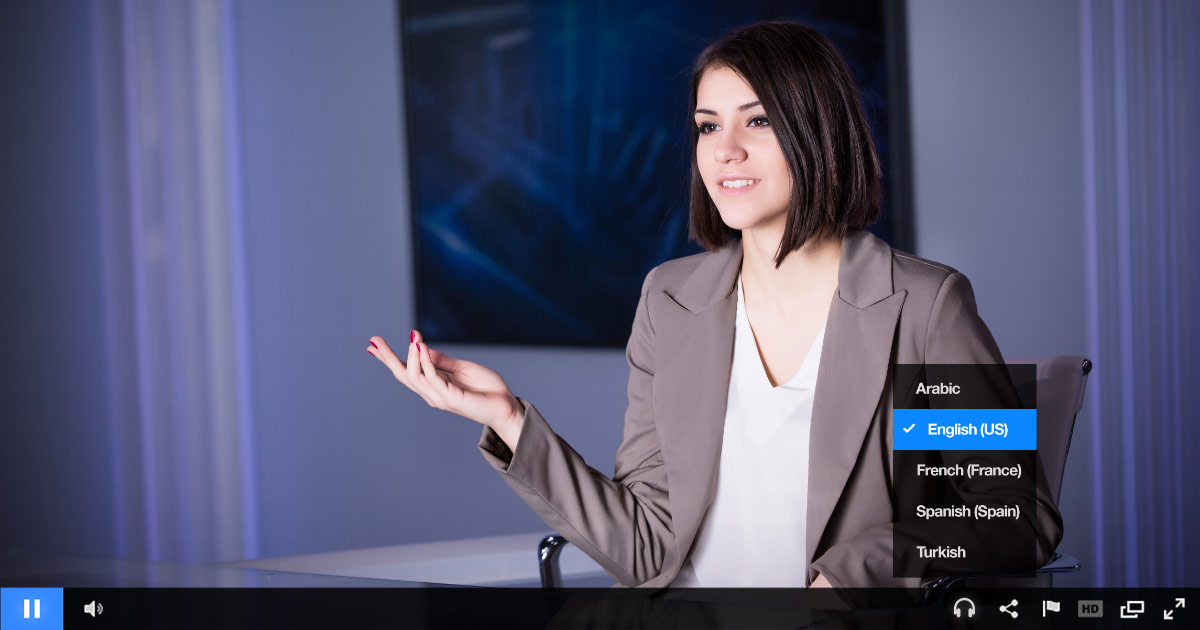
Interested in attracting huge audiences with your video content, be it a sports game or a large scale enterprise town hall? Worried about how a delivery infrastructure might handle it?
The live streaming market has continued to mature. We’ve come a long way from 1995 when RealNetworks streamed the first baseball game or when Seattle’s Paramount Theater placed the first symphony online. As that market has matured, the desire for improved performance has increased in tandem. One method of achieving that is moving beyond a single point of end viewer distribution. Rather than rely on a single network or CDN (content delivery network), organizations can achieve mass scale through utilizing a multi-CDN approach.
This article addresses the benefits of utilizing multiple CDNs for video delivery, use cases and discusses an enhanced software defined approach for improved delivery. If you want a deeper dive on this topic, download this Scaling Video Delivery to Reach Massive Audiences white paper.



